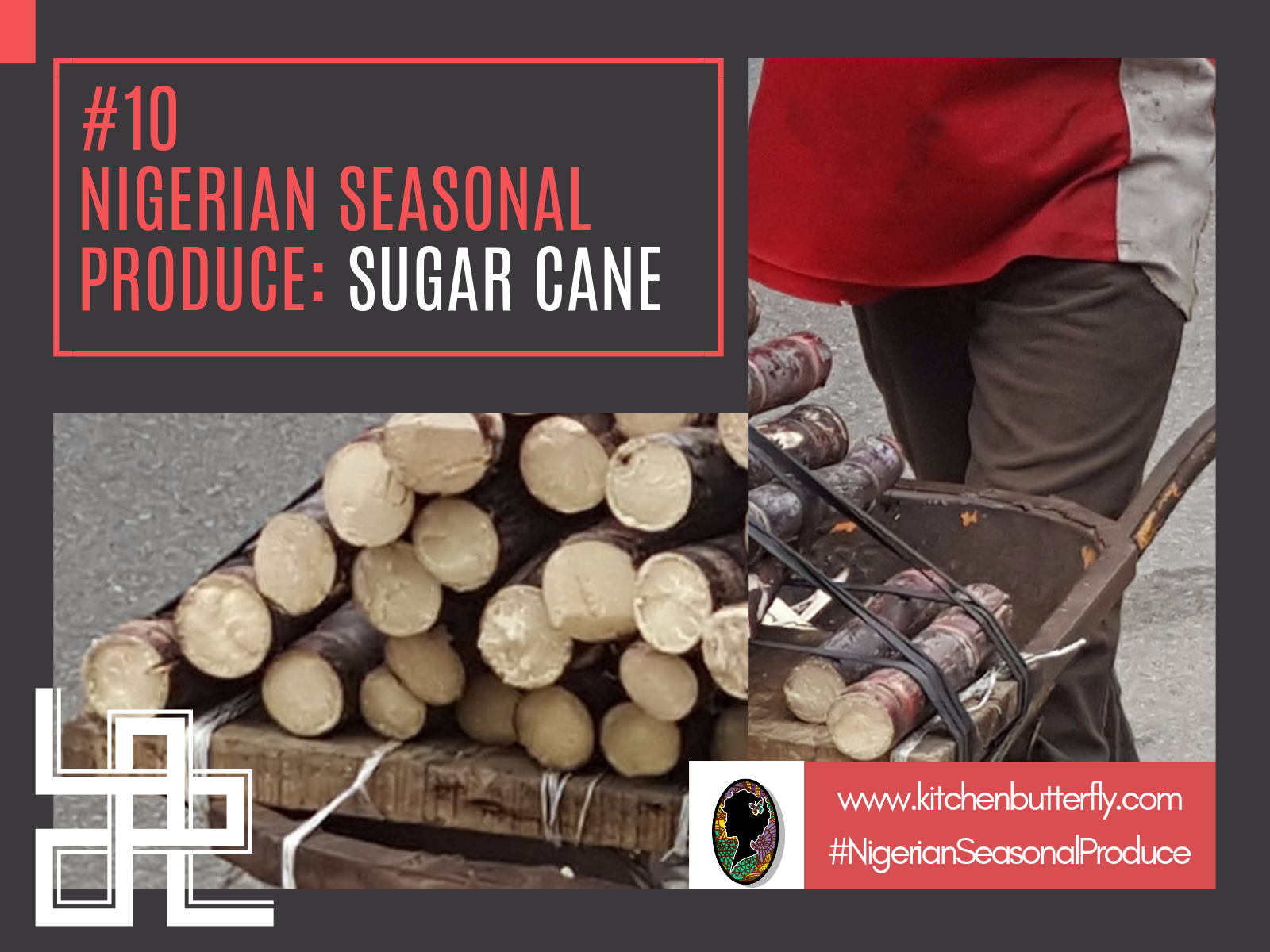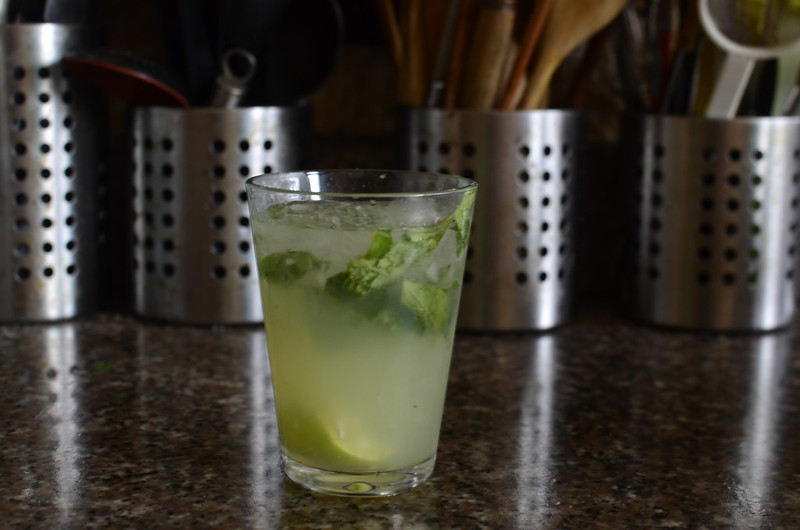Our author this month is moi, just because. I’ll be sharing my personal history with sugar and sugar cane.
I have a long history with sugar and by extension sugarcane and this month, this season, I will map all the things I’ve learned about it since I was three .
1979 – Young and sweet
Age 3. Blue packet. St Louis. St Louis sugar has been popular in Nigeria for the last 4 decades. I’m not sure how it got here but it provided sustenance for a young me who ate nothing but sugar cubes behind thick curtains with green and mustard patterns. Fingers sticky.

Sugar cubes are great for small fingers. Sugar can leave a sticky residue, a trail that attracts ants and parents too. I might not have known this then but it appears, once a sweet tooth, always a sweet tooth.
1986 – Sugar cubes over all others
Age 10. Not all sugars are created equal. Sugar cubes are perfect for soaking garri, granulated sugar for baking.
I would start by perching on a kitchen stool near the sink. And then my journey would begin by putting a small amount of gari in a deep bowl. Setting it on the counter in the pleasant heat, I would reach for the bottle or gallon of ice cold water. I would pour water into the bowl, till it rose to the top. With a spoon, I would stir the contents to make sure the gari had absorbed the water. Seconds later, I would tip out the little pool of water, flecks of gari eddying and swirling about till not much liquid was left.
I would get the sugar bowl and put 4, 5, 6, 7 cubes of sugar and 3 ice cubes. The silver back of my spoon would press hard down on the softened sugar squares, grinding them softly into the yellow meal. And I would stir again and then gently loosen with more cold water. It had to be cold, ice cold water or else to me, it was no good.
1990s – Sugar and Diabetes
Sugar and diabetes are related. And it can be very serious, can be developed from a young age. It’s no longer an ‘I inherited it from my parents, it runs in the family type disease’. I really want my children to understand this, and of course as a parent, I should do the best I can to help them make the right decisions.
Diabetes, often referred to by doctors as diabetes mellitus, describes a group of metabolic diseases in which the person has high blood glucose (blood sugar), either because insulin production is inadequate, or because the body’s cells do not respond properly to insulin, or both. Patients with high blood sugar will typically experience polyuria (frequent urination), they will become increasingly thirsty (polydipsia) and hungry (polyphagia); Medical News Today
2009 – Sugar and the transatlantic trade in enSlaved africans
Enslavement, enslavers – sigh. Human beings torn from homelands to serve plantations.
The plantation economies of the Americas were built almost exclusively on labour of the enslaved. Crops such as tobacco in Virginia, rice and indigo in the Carolinas, cotton in the southern states and sugar and mahogany in the Caribbean and Brazil helped build economies that enabled the plantation owners to become very rich; Revealing Histories
Human beings…Sigh.
2010 – Sugar cane as Fuel
Apparently, the future of environmentally friendlier fuels is ethanol or bioethanol – cleaner plant-based fuels. Like sugar cane. Of which Brazil is a world leader. It is used in two forms – on its own, or blended with gasoline.
The flip side is it requires a lot of land and thus diverts farmland that could be used for food and to address world hunger. There’s also the issue of fertilizers and chemicals which could have long-term detrimental effects on the land.
2011/2 – Sugar beyond white: Coconut, Maple and more
Age 36. There are other kinds of sugar – maple, coconut, date, what does sugar even mean?
There is a whole aisle of every sugar imaginable – coconut, date, and maple sugar. I heave a huge sigh of relief for my maple sugar search is now over. The pound of sugar I’ve purchased should tide us through; in Kalustyan’s – New York
Wikipedia says ‘Sugar is the generic name for sweet, soluble carbohydrates, many of which are used in food. There are various types of sugar derived from different sources. Simple sugars are called monosaccharides and include glucose (also known as dextrose), fructose, and galactose. The “table sugar” or “granulated sugar” most customarily used as food is sucrose, a disaccharide of glucose and fructose.’
Sugar is natural, found in many foods and is a source of energy. There are many kinds of sugar with the most common being glucose which the brain, major organs and muscles need to function properly…the reason why we’d get glucose after running races and other competitive sports at school during inter-house sports/ games.
2013 – Sugar cane is a juice, one worth drinking
I juice it. Pronounce it the most delicious thing ever. Hard as it is to extract with my pasta dough roller. I want a press and I won’t stop till I get one.
2015 – Sugar cane as the original feedstock for Mojitos
My friend Deepa of Paticheri shared that sugarcane juice was used for the first Mojitos. Mojitos are based white rum which is a distillate from sugar cane.
Apparently in the 17th century, plantation slaves discovered that molasses – made during the process of refining sugar, turned to alcohol with the passage of time and heat and so the mother of the earliest rums was born.
Four (4) Interesting things about Mojitos, distilled from Wikipedia
-
Birthplace – Havana
-
Foundation – From the 16th century drink, El Draque (After Francis Drake, Explorer 1540 – 1596) whose ingredients were aguardiente (‘early’ rum, lime, sugarcane juice and mint or from the 19th century when Guarapo, Sugarcane juice was popular amongst the slaves who gave it its name. Their version contained no lime juice
-
Origin of the name: Varied theories. According to The Latin Kitchen ‘Mojito comes from mojo, the Spanish word meaning to assemble or blend. But Mojo is also the name of a Cuban seasoning made from lime and used to flavour dishes. Theory 2: Mojito is simply a derivative of mojadito (Spanish for “a little wet”) or simply the diminutive of mojado(“wet”). Due to the vast influence of immigration from the Canary Islands, the term probably came from the mojo creole marinades adapted in Cuba using citrus vs traditional Isleno types.
-
Famous Drinkers – Ernest Hemingway who enjoyed some at the bar, La Bodeguita del Medio where a framed hanging sits on the walls, saying: “My mojito in La Bodeguita, My daiquiri in El Floridita.
Here is my take on a Sugar cane Mojito.
2016 – Sugar cane bar opens in Lagos, Nigeria
My heart – when Earth Blend opened up in Lekki-Lagos, my children and I went a bit sugar cane crazy. Well, my daughters and I – my son prefers their smoothies. We generally go for Perfect Match, flavoured with lime and ginger. And no matter how cold it is when we buy it, we always have it on ice.
It isn’t cheap and so we treat ourselves but it is the answer to many a prayer.
Now there are a few more sugar cane bars/ places across Lagos! Trendssssssss
2017 – Sugar cane in Mauritius and Plantain
Mauritius has a huge sugar industry, with plantations dating back to the 18th century. It is important to the economy of the island. Apparently – more info soon – plantain is banned (Can. You. Believe. This??????????) because it would compete with sugar cane. I was in shock when my friend, M told me but we’ll see and learn more hopefully. I mean, its not like I eat plantain everyday but when I have a craving, I like being able to buy it. I’m not sure how I feel about moving to beautiful Mauritius not that anyone is asking me…just yet :)!
So there, this month’s Nigerian Seasonal Produce Column.
What ways have you experienced sugar and sugar cane? Share all xxx




Leave a Reply